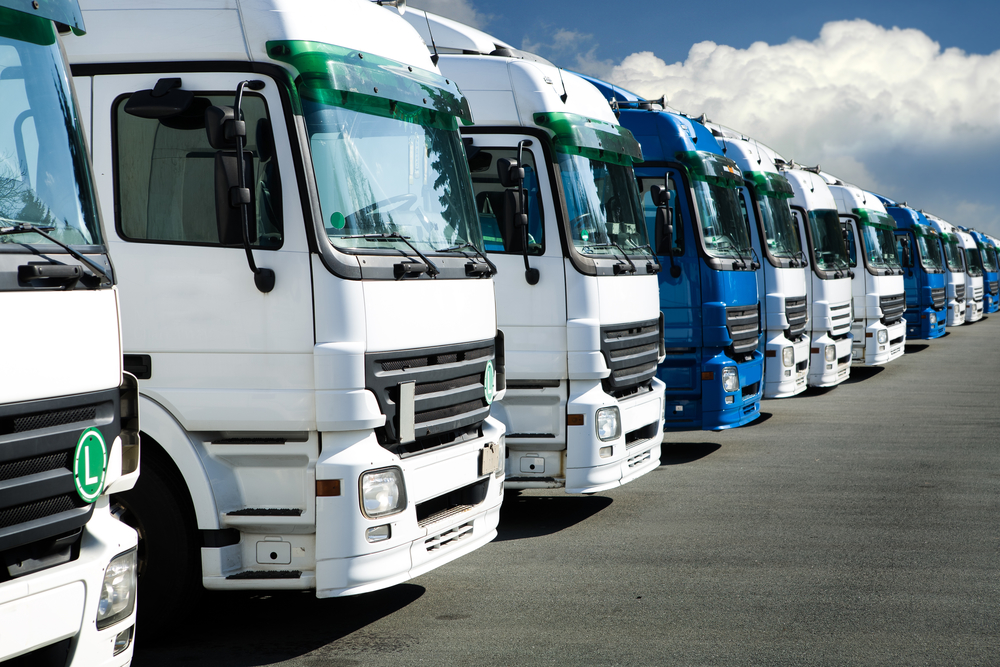

Freight shipping is the transportation of bulk goods and cargo by land, sea, or air, and typically refers to shipments that weigh more than 150 pounds. Oftentimes, the transportation means associated with freight shipping are railroad cars, semi trucks, ships, and planes. Most eCommerce businesses out there don’t make too much use of freight, since the majority of D2C packages are handheld and don’t require large transportation space. Instead, business owners often choose a major shipping carrier like USPS for affordable rates that aid their bottom lines. Still, that’s not to say that freight doesn’t have its place in the eCommerce industry as a whole!
Table of Contents
- The Different Types of Freight Shipping
- How is Freight Shipping Cost Determined?
- Why Small eCommerce Businesses Typically Don’t Ship via Freight
The Different Types of Freight Shipping
- Less Than Truckload (LTL): For shipments bigger than parcels but not big enough to need a full truckload trailer. Shippers typically use Less Than Truckload for shipments weighing anywhere between 150 to 15,000 pounds.
- Partial Truckload: Partial Truckload allows shippers to split the cost of a full trailer with other shippers, often resulting in cost savings.
- Full Truckload: Just like it sounds, Full Truckload shipments justify the use of an entire semi-trailer. Full Truckload is commonly used when auto transport companies ship cars.
- Intermodal: This describes combining different means of transport to deliver goods, such as using a mix of rail cars and trucks to reduce costs on a single shipment.
- Expedited: This refers to time-critical shipments that need to be delivered quickly. These are often done by air or truck, and are obviously more expensive.
How is Freight Shipping Cost Determined?
Just like regular shipping, a number of factors influence the cost of freight shipping. Typically, freight becomes more expensive the further a shipment has to travel, the more it weighs, and how quickly the shipper wants it to arrive. In addition, shipments that require special handling (such as shipping items with hazardous materials) will add to the cost.
Why Small eCommerce Businesses Typically Don’t Ship via Freight
To be honest, freight shipping isn’t something that most eCommerce business owners have to think about. Most eCommerce packages are of a handheld size and travel directly to customers through a D2C (direct to consumer) model. In that sense, freight doesn’t exactly fall into the category of shipping basics that most eCommerce business owners need to have a handle on. That said, when you source your products, there’s a chance you’ll receive freight shipments to your business, especially if you’re ordering in bulk. This is quite common when ordering bulk products from overseas.
Also, you may need to consider freight shipping if your business manufacturers larger items that are too big for standard trucks from the shipping carriers. Some common examples of products like this are furniture or large appliances. If this is the case for your business, you can still operate within the network of the major carriers in the United States! While USPS doesn’t offer freight options, FedEx does with their service FedEx Freight. With FedEx Freight, you can print labels from your own home or office, and send shipments up to 1,200 pounds!


Be the first to comment!